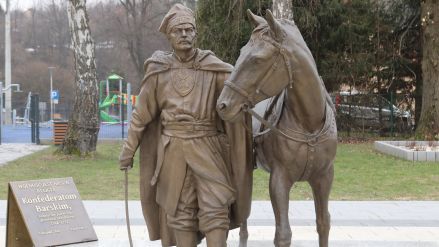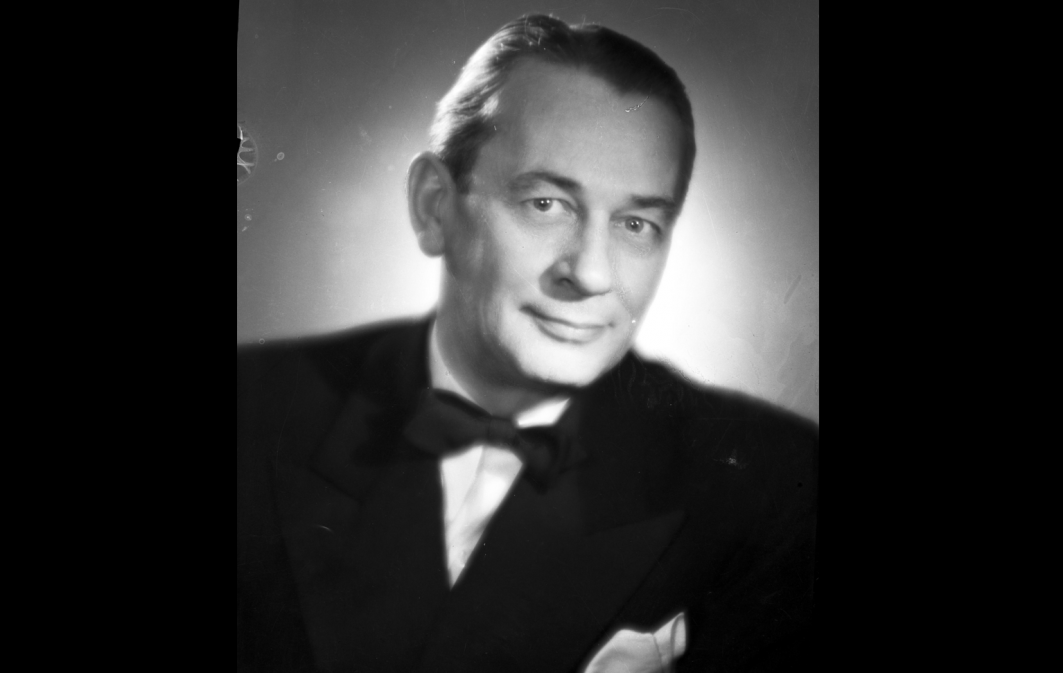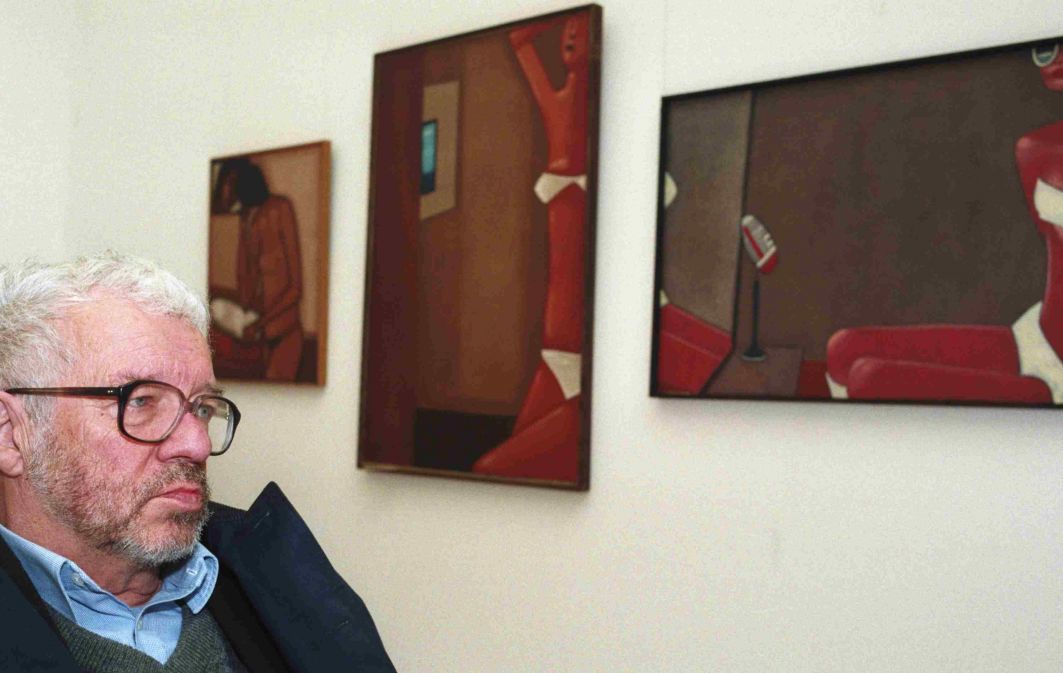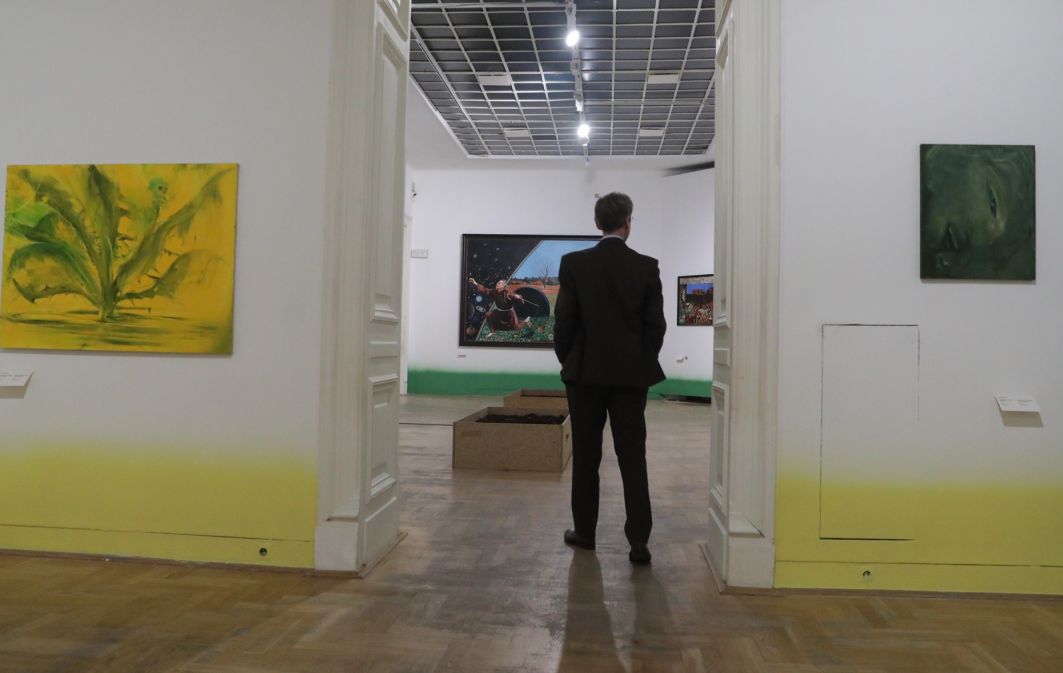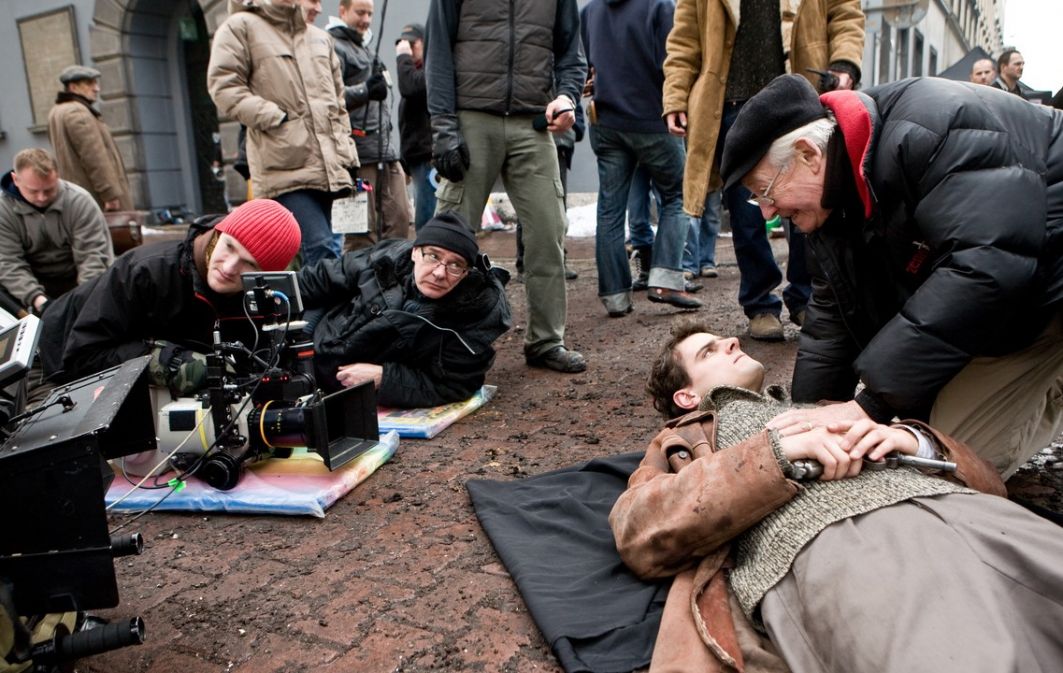For the rest of the world, Bernardo Francesco Paolo Ernesto Bellotto is a portrait painter of cities. The creator of iconic images of Dresden, Vienna, Munich and Turin. One of the painters who gave us the image of Venice in our mind’s eye, even if we have never seen it with our own eyes. For Poles, he is more than a talented cityscape painter.
When opening the great exhibition of Bellotto’s works, the director of the Royal Castle in Warsaw, Wojciech Fałkowski, emphasized that they had blended into our culture so much that we consider the artist our fellow countryman.
The vision of the city as a stage in the theater of life captured the imagination of a legion of artists on the Vistula. Meanwhile, the court painter of King ‘Staś’ (Stanisław August Poniatowski) was a typical 18th-century cosmopolitan. He lived in Saxony – with breaks – for 20 years, but he had problems putting even a sentence together in German. He didn’t learn Polish either. He didn’t have to. The language of the elite, in whose circles the artist-for-hire ran, was French.
The jubilee exhibition (Bellotto was born 300 years ago) was hosted in Dresden from May to August. Warsaw’s is more extensive, it contains 150 exhibit items, including very rarely presented graphics and sketches. This is not the first time that Venetian art connects nations. In 1963-66 his paintings traveled along the Dresden-Warsaw-Krakow-Vienna-Essen route. It was the first German-Polish cultural collaboration of this kind since the war. It turned out to be a harbinger, heralding West Germany's “new eastern policy.”
In His Uncle’s Shadow
Bernardo was admitted to the painters’ guild at the age of 16. He certainly had talent, but his mother’s brother had paved the way for his fame. Antonio Canale (known as Canaletto) treated his nephew like a son, taking him into his studio. He also apprenticed at one time. The 18th century was a golden age of theater and opera, and talented set designers had their hands full. Antonio, however, had greater ambitions: he became a painter. His specialty was cityscapes. He turned this secondary genre into an unquestionable work of art. It was said that on his canvases “the sun really shines.”
Financially, it was a bull’s eye. When the Age of Lights came, the townscape became a coveted memento of the European Grand Tour. The Republic of San Marco (Venetian Republic), the Rococo equivalent of Broadway and Las Vegas, drew wealthy idlers from all over Europe to it like a magnet. Paintings of the Canal were especially liked by the British. He barely kept up with orders, he painted entire Venetian cycles for export, which inspired several generations of landscape painters.
The work of cityscape painters was facilitated by the camera obscura – a wooden box, the ancestor of the pinhole camera, but the skill of drawing was even more important. That is why Bernardo never parted with his sketchbook. He faithfully imitated his uncle’s style, even experts sometimes have a serious problem with distinguishing what Antonio painted from what the young Bellotto did. When they grew tired of the lagoon, they went to the Venetian countryside. The harvest of artistic holidays were capricci, that is, architectural fantasies. Images of imagined, ancient buildings were also somewhat popular then.
 SIGN UP TO OUR PAGE
SIGN UP TO OUR PAGE 
The childless uncle saw Bernardo as his successor. He allowed him to use his nickname as a commercial brand. In Poland, this pseudonym stuck to his nephew so much that the inclusion of the name “Bellotto” in the title of the exhibition should be considered a courageous act. We have a conservative audience, forcing people to think that the real Canaletto’s name was Antonio and he never entertained on the Vistula, seems like a mission doomed to failure.
The Dresden Stop
Did the apprentice surpass the master? Opinions are divided. Artur Badach, the curator of the exhibition, claims that Bellotto’s later works are easy to distinguish from his uncle’s paintings. He used a brighter color palette, he was interested not only in the city landscape, but also in nature. His canvases have more depth, light contrasts, details and, above all, more life and people, which gives them the characteristics of a genre painting.
The cutting of the artistic umbilical cord was facilitated by the relatives’ separation. Antonio left for London, Bernardo honed his talent in Italy.
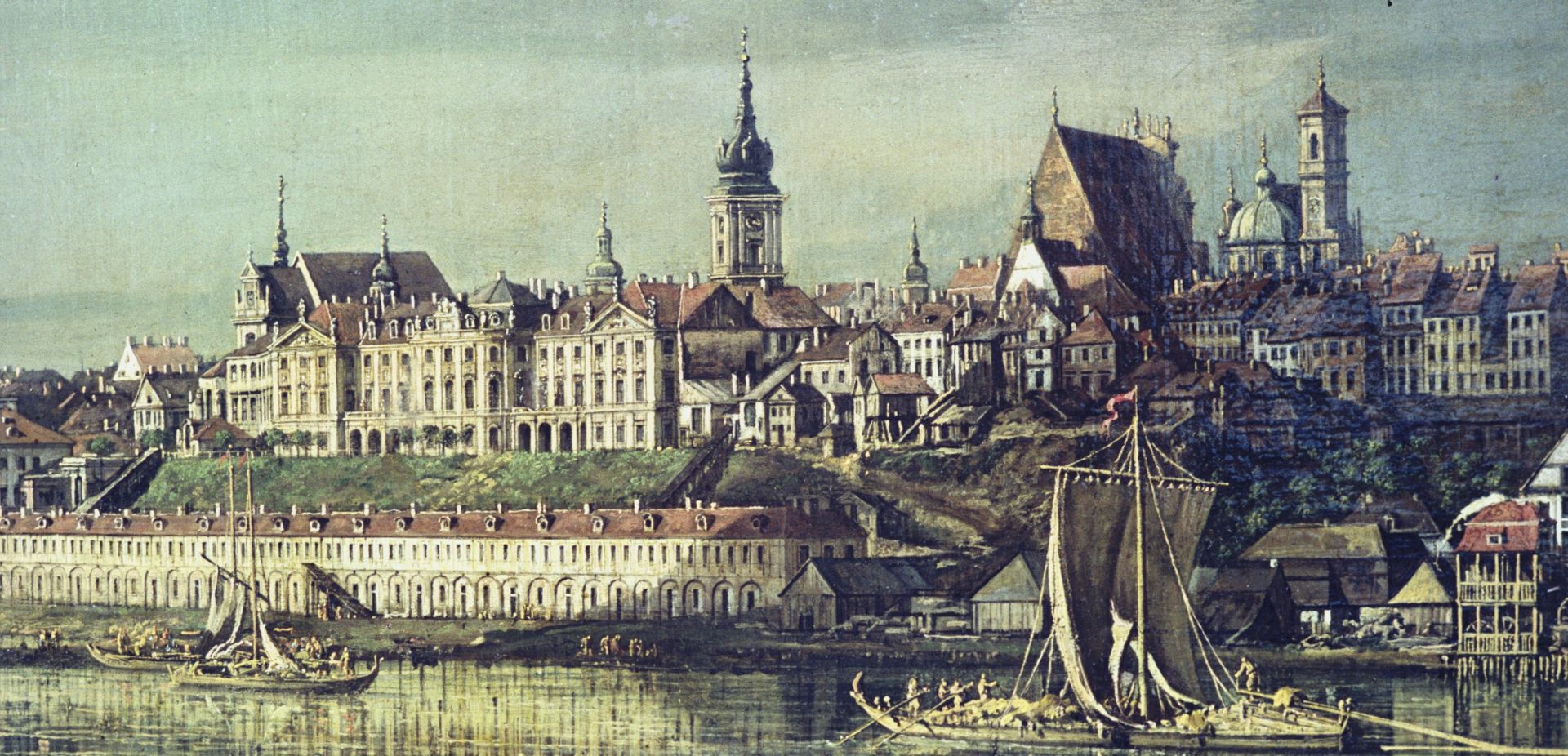
 SIGN UP TO OUR PAGE
SIGN UP TO OUR PAGE 
